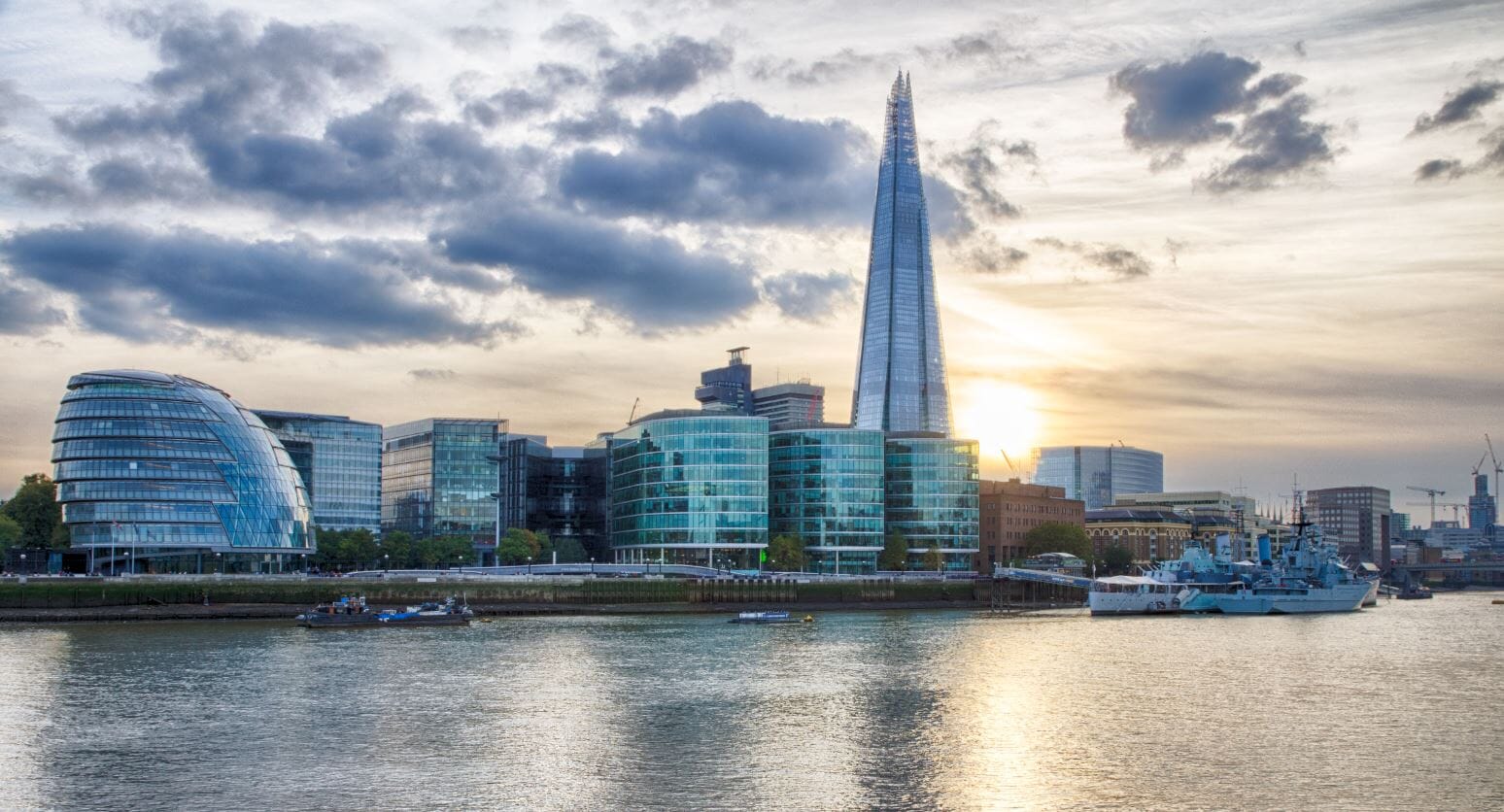
Change to London Plan policy means a staggering shift away from CHP systems
The London Plan
Change to London Plan policy means a staggering shift away from CHP systems
For many years the largest new developments in London have favoured district heating networks with Combined Heat and Power. However, a recent revision to the London Plan now means policy is driving us towards electric fed systems instead. As a seemingly small tweak to the policy, how has this revision created such a change?
In 2018, the Greater London Authority (GLA) announced a few adjustments to the London Plan, to tide us over until the whole document is rewritten in the next year or so. One of the revisions affected how the SAP and SBEM models (which assess energy efficiency) are calculated, by requiring Energy Strategies to use the new SAP 10 emission factors. This revision went live on 1st of January and the implications of changing the emission factors means a staggering shift away from CHP systems.
What is an emission factor, and why is it having such an impact?
Towards the very back of the SAP methodology, you’ll find a list of fuel types showing how ‘green’ each one is. It’s often referred to as the ‘carbon emission factor’ but the maths behind it also considers methane and nitrous oxide.
In the last two updates to SAP (2012 and 2009), this data hasn’t changed much; Mains gas is treated as middling on the green spectrum and electricity is considered the worst fuel type environmentally, down to the UK’s reliance on coal power stations. By using the emission factor figures from SAP 2012 or 2009 in a SAP calculation, electric heating will perform badly compared to gas and any opportunity to generate onsite electricity is considered very favourable. These are both wins for the CHP option.
Although never adopted, SAP 2016 brought in a change and showed that electricity was becoming greener. The phasing out of coal power stations and their replacement with solar, wind and nuclear sites meant the total pollution from the National Grid was reducing. When the draft SAP 10 was released in 2018, this figure had dropped further and showed that emissions caused by electricity are only marginally higher than those produced by gas. This means electric fed heating systems are no longer a disadvantage but also that onsite generation (from CHP and PV) is not treated as kindly.
Despite this big adjustment in the figures, the Government has so far refused to write SAP 2016 or SAP 10 into Building Regulations. Part L will continue to use the 2012 data until the Approved Document is fully updated, which is expected in Spring 2020.
Noticing that SAP wasn’t up to date, the GLA made the decision to enforce the emission factors from the draft SAP 10 on new planning applications from January 1st. This has meant that designers have had to come to terms with this change overnight and re-write their rule books on the heating options that are the most viable.
It’s not as simple as getting rid of CHP completely, as the GLA still expect large developments to include district heating. The challenge for these new sites is to approach the proposed heating systems with an open mind, and not expect the ‘same as last time’ approach to work.
Another potential headache with electric heating options is that Building Control is not allowed to adopt SAP 10, so any specification that works for the new London Plan must also comply with the current Part L (using SAP 2012).
The Energist Planning Team is fully up to speed with how to implement SAP 10 emissions, ensuring compliance with these latest London Plan Policy changes. Contact us to find out how we can help with your next project in the capital.





